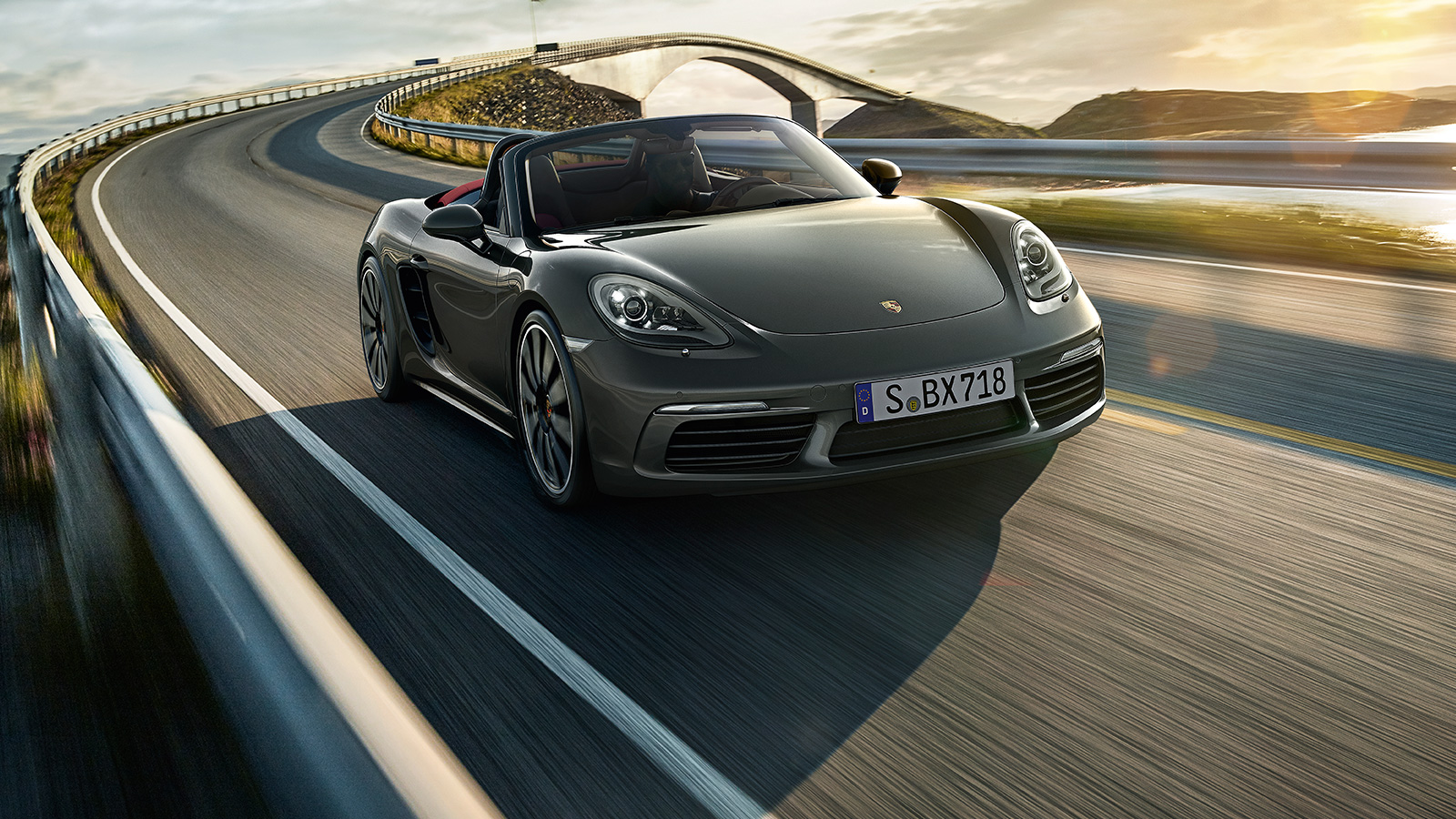
Tyres
An integral part of the performance.
To create the dynamic sports car performance and feeling of your
That is why there are tyres specifically developed for your
N-marked tyres approved by Porsche .
N-marked tyres are tested by

Summer Tyres

Summer Tyres
Did you know that asphalt can reach temperatures of up to 60°C in the summer? Or that your

Winter Tyres

Winter Tyres
Many drivers find driving on snow to be highly challenging.

Sport Tyres

Sport Tyres
Featuring a shallower tread depth, specialised tread pattern and substructure, these tyres are designed for use on racing circuits: for driver safety training, performance driving training and motorsport. Providing better dry weather grip than normal street tyres, they also offer optimised wear characteristics.
Your
Coding
Following the N, a second letter indicates the model line and a number the tyre version. Further details can be found in each tyre’s technical data.
For example, the
N – approved by
E – fits the
0 – the first specific configuration (of structure, compound, tread, etc.) with serial approval, higher numbers stand for later approved versions of the tyre with differing specifications.
1. Subjective outdoor criteria, such as handling and driving comfort
2. Objective outdoor criteria, such as braking performance and service life
3. Indoor criteria, such as rolling resistance and high-speed performance
Tyre geometry and rubber composition are tailored to each individual
Tyre construction

















Tyre marking















Just five good reasons for taking a closer look
The EU label's 5 criteria.
Since the end of 2012, commercial car and truck tyres have required an EU label. Even some countries outside the EU – The label or sticker shows a rating based on the following 5 criteria: Fuel efficiency, wet grip, rolling noise, and on the 1 May 2021, additional symbols to indicate snow and ice grip were introduced.
Fuel efficiency.
Wet grip.
Rolling noise.
Snow grip.
Ice grip.
The EU label. No replacement for the Porsche "N" mark.
The new EU tyre label only features 3 established criteria, as well as notes on snow and ice grip for car and truck tyres, and is no replacement for
There is often a conflict of interest when considering the EU label's criteria: A tyre with a particularly low rolling resistance will always provide a worse wet grip.
Only N-marked tyres provide you with the certainty that you're buying high-quality tyres tested specifically for your model of
You can find more information about tyre labelling on the Commission's website (Tyres | EU Commission (europe.eu)). Fuel consumption can be considerably reduced by eco-friendly driving. Tyre pressure should be checked regularly to improve fuel consumption and wet grip. Particular attention must always be paid to stopping distances.



